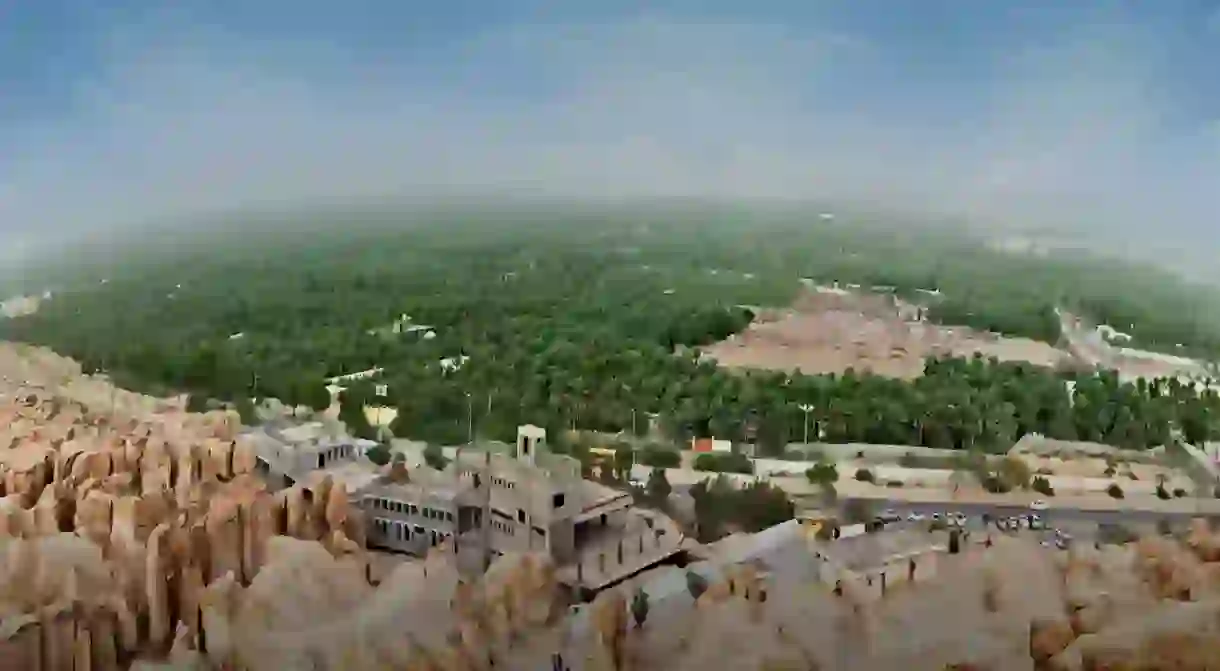Visit Al-Ahsa, Saudi Arabia's UNESCO-Listed Oasis

The world’s largest oasis, Al-Ahsa, is the first UNESCO-listed city in the Gulf. Culture Trip explores the oasis, from its origins as one of the first human settlements in the Arabian Peninsula to its current role as a route for Muslim pilgrims to Mecca.
What is Al-Ahsa?
In classical Arabic, Ahsa is the sound of water running underground. The name suits the oasis perfectly – Al-Ahsa has been one of the richest areas of groundwater sources in the region and the reason behind its rich greenery. The oasis is one of the largest in the world, and is one of the most verdant places in the country with over 3 million palm trees and plenty of hot and cold springs, all amid a sea of sand.
The oasis’s name is also used by the governorate in which it is located – the Al-Ahsa Governorate – which is the largest in the country’s Eastern Province. All urban areas of the province are located inside the oasis and the governorate’s biggest city, Hofuf, is also often simply called Al-Ahsa as well.
Al-Ahsa Oasis is the fifth Saudi site to join UNESCO’s World Heritage list following Madain Saleh (in 2008), Tarif neighborhood in Diriyah (in 2010), Historic Jeddah (in 2014), and the rock art in Al-Hail (in 2015).

Why is the oasis so important?
While most of Saudi Arabia is arid desert, Al-Ahsa has palm trees, green plateaus and over 150 naturally occurring springs of warm, hot and cold water. It also has over 10,000 hectares of agricultural land that produce some of the best types of dates in the world – including the famous al-khalasah date – and a number of vegetables, fruit and rice.

Al-Ahsa has served as a major port and trade hub because of its location, and was once known as the Gateway to the Arabian Peninsula. The oasis is located about 60 km (37.3 miles) inland from the Arabian/Persian Gulf which makes it the most accessible area in the region to Indian sub-continent by sea. It’s also not too far from some of the other major cities in Saudi Arabia (Riyadh, Saudi’s capital, is a little over 360km (223.7 miles) away and Dammam is just 150 km (93.2 miles) away).
It was and still is a land port that connects the Kingdom to other Gulf states including the UAE, Qatar and Oman. In early Islamic days, it was the point of entry for pilgrim caravans from those countries crossing towards Mecca (which is located on the Western side of the country) for pilgrimage.

The oasis that predates Islam
Al-Ahsa’s role as a route for Muslim pilgrims heading from the East and South-East increased its significance in recent centuries, but the oasis has been of historic importance for years predating Islam.
Because of the abundance of freshwater supply and a climate that allowed for agriculture, Al-Ahsa was one of the first populated areas in the region – it is now categorised as one of the oldest human settlements in the Arabian Peninsula. Archaeological evidence shows that the oasis has strong links with ancient civilisations in the Levant, Egypt and Mesopotamia, as well as being a strong channel for the movement of trades and caravans.

Evidence shows that the first human presence in Al-Ahsa dates back to the fifth millennium BC, and that the civilisations that populated the oasis focused on advanced agricultural activities. Sophisticated irrigation systems and canals have been discovered that show how water was carried from its source to the farmlands.
Today, despite growing into an advanced and extremely important region of Saudi Arabia, Al-Ahsa has kept a hold of its rich historical past and traditions. Al-Ahsa has become a popular tourist spot in the country because of its archaeological remains of civilisations past, its greenery, and its distinct culture that has passed from generation to generation for centuries.













